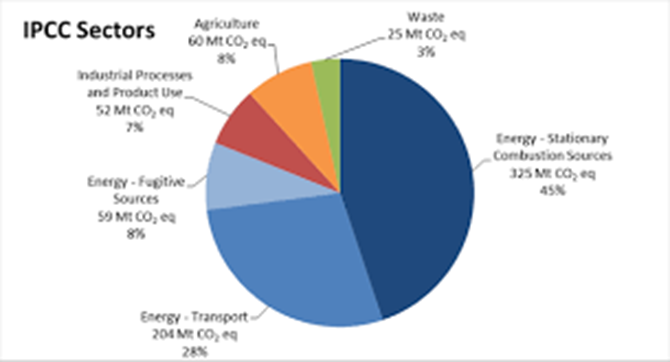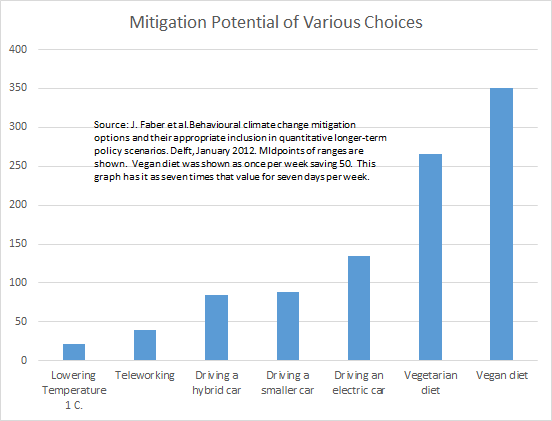The federal government provides background on this issue and questions to consider as part of the consultation, on its new Canada’s Approach to Climate Change website, available here.
Blue Green Canada, an alliance between Canadian labour unions, environmental and civil society organizations, recently released its submission to the federal government, available here. The submission provides a thoughtful, practical and comprehensive summary of action our government can take to achieve Canada’s commitments outlined in the Paris Climate Agreement.
The Conference Board of Canada compared per-capita emissions by countries that are Canada’s peers, and the results are represented in Chart 1. The top three emitters are Canada, the United States, and Australia, which received a “D” grade. Further information is available on the Conference Board of Canada website here.
Chart 1
Most GHG emissions in Canada are a result of energy production and consumption, which is responsible for 81 per cent of the 726 megatonnes of CO2e emitted in Canada in 2013. The blue sections in Chart 2 show the sectors related to energy use.
Chart 2

Transitioning away from fossil fuels, as well as energy conservation, are very important in reducing emissions. Economists agree that putting a price on carbon is the most efficient way to transition away from fossil fuels. Reducing meat consumption is a good way to reduce energy use, and adopting a vegan diet is even more positive. The European Commission studied various policy options for mitigating greenhouse gases. Chart 3, below, was created using data from that study.
Chart 3

The chart shows that changing to a vegetarian diet or a vegan diet is more effective in reducing emissions than driving a different car, and there are health benefits as well. Watch this video about the climate and health benefits of reducing meat, fish, eggs and dairy consumption.

